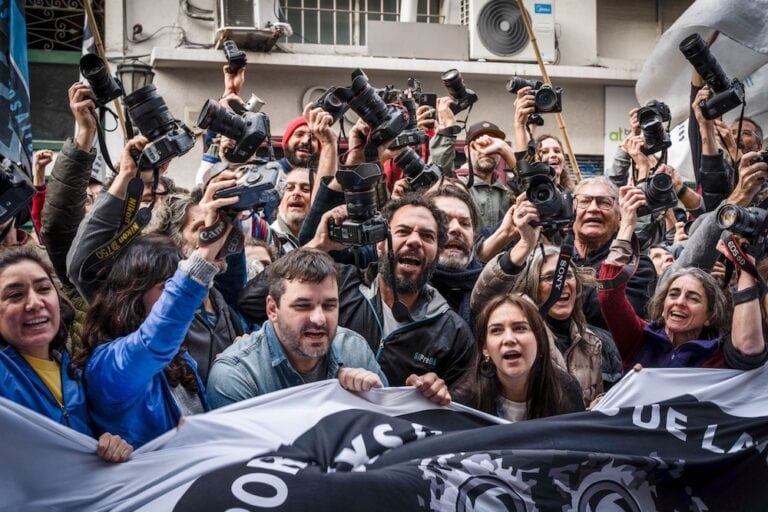On 17 March 2000, the 1st Chamber of the National Court of Appeals for Federal Criminal and Corrections cases set aside the statutory limitation period in the prosecution of journalist Tomas Sanz. The prosecution against Sanz had been previously stayed in August 1999 by a lower level court. This is the latest decision in a […]
On 17 March 2000, the 1st Chamber of the National Court of Appeals for Federal Criminal and Corrections cases set aside the statutory limitation period in the prosecution of journalist Tomas Sanz. The prosecution against Sanz had been previously stayed in August 1999 by a lower level court.
This is the latest decision in a complaint initiated by Senator Eduardo Menem in July 1991, after “Humor” magazine published a special report entitled “Two years of corruption”. Sanz was sentenced to a month in prison at the first and second hearings. By means of an extraordinary remedy, the defence brought the case to the Supreme Court, which once again ruled against the journalist. The Supreme Court ignored its own “Campillay” precedent, and for the first time invoked the doctrine of actual malice to condemn rather than absolve a journalist.
Sanz’s defence lawyers maintained that the ruling had been issued two months after the statutory limitation period of three years; but the Court responded that it cannot revoke its own decisions. Finally, Judge Liporaci, who as the lower level judge was ultimately responsible for deciding the sentence, accepted the defendant’s claim and stayed the prosecution against the journalist.
Menem appealed Liporaci’s decision and Court of Appeal Judges Horacio Vigliani and MarÃa Luisa Riva Aramayo allowed the appeal. They pointed out that, in agreement with the court’s judgement, “the new intervention by the trial Judge (Liporaci) appears to be challenging the jurisdiction of the Supreme Court of Justice and implies a failure to recognise its vested functional and institutional authority.” They explained that the judge’s intervention is unlawful in that the character of the “former adjudication” and the “final nature” of the court’s judgement “exhausts the means of appeal that the procedural regulations foresee.” However, at the end of their pronouncement, in an apparent contradiction, they concluded that “there are means which the defence may use to challenge the sentence.” They clarified that they did not reject the “substantial reasonableness of the position brought by the defence and its eventual success,” rather, they considered that the route taken was not suitable, referring to Liporaci’s decision.
Eduardo Bertoni, Sanz’s lawyer, criticised “the dogmatic character of the Appeal Court’s judgement which does not refer to any specific rule” and which upholds an Appeals Court decision. He criticised the judge’s decision to disallow a review of the court’s ruling because of a formality, thus “sentencing to prison an individual, when in actual fact the prosecution exceeded the limitation period.” Bertoni anticipates that he will file an extraordinary motion for review of the court’s decision.


